The Nintendo Switch 2 is a historic console for the Japanese manufacturer, in that it completely adopts the concept of its predecessor, right down to its name. This makes you wonder if buying the new console is worth it compared to the old one. So let's take a look at what the Switch 2 can do more than the Switch 1.
Power: HDR, 4K, 120 Hz
Eight years separate the Switch 1 from the Switch 2. During this time, SoC technology, or systems on chip, i.e. the type of chip used in both consoles, has evolved enormously.
While the Tegra X1 of the Switch 1 is now well known, the chip used in the Switch 2 is not yet very well documented. We only know for sure that it was Nvidia who took care of the design, because the company behind the GeForce RTX graphics cards has released a blog post about it.
We learn that the console deploys graphics performance 10 times higher than that of the Switch 1, which would bring with a simple multiplication to 3.9 TFLOPS. For reference, the PS4 Pro deployed 4.2 TFLOPS at the time, and the Xbox Series S reaches around 4 TFLOPS.
But that's not all. Nintendo and Nvidia have confirmed that the new console integrates very strategic technologies, such as DLSS and Ray Tracing. The most important one is undoubtedly DLSS, an upscaling algorithm that allows the console to display images in 1080p/120 Hz or 4K/60 Hz, all in HDR.
All of this, the first Switch simply couldn't handle. In docked mode, it went up to 1080 without HDR, and sailed between 30 and 40 FPS on demanding games, if not less.
The screen: bigger, better definition, HDR and VRR, but no OLED
All this extra power has to be served by the console's screen. While 4K will be reserved for docked mode, the screen chosen by Nintendo still has some good arguments to put forward.
It is not only larger, 7.9 inches versus 7 inches, but also has a better definition since it goes from 720p to 1080p. In addition, its refresh rate can go up to 120 Hz, with variable refresh rate (VRR) management to avoid any impression of lack of fluidity, stuttering or image tearing.
That's not all, the new screen also supports HDR10, which guarantees very good contrast, better brightness peaks and more vibrant colors on compatible games.
On the other hand, Nintendo has made one important concession: choosing LCD technology over OLED. The company has explained the subject.
Autonomy and storage
Under the console's shell, in addition to a new chip, the Nintendo Switch 2 has more storage as well as a battery with a larger capacity.
In detail, the base storage increases from 64 to 256 GB. This should remain relatively tight, since Switch 2 games are also expected to be larger than the old ones.
The same goes for battery life. While the battery capacity has increased slightly, going from 4300 mAh to 5220 mAh, the new chip also consumes more power, as confirmed to us during a round table discussion with the console's creators.
By examining the technical specifications of the two Switches, we can see that the battery life promise has decreased. The technical specifications of the first Switch indicated between 4.5 and 9 hours of use (which is largely overestimated in our experience), while the Switch 2 displays between 2 and 6.5 hours.
The new controllers (mouse mode, vibration, sticks)
A console isn't just about graphics power and a screen. It's also about a controller and all the tactile sensations that go with it.
The Joy Con 2 represents a substantial improvement over the Joy Con 1. We have new, wider, more comfortable sticks and larger controllers, which should help with handling. The attachment system is now magnetic, which should help with some scares if you're playing with children, for example.
Under the shell, Nintendo has also modified the vibration motor. The HD Rumble 2, as it's called, is much thinner and more pleasant than on the previous Switch.
One uncertainty remains. The first Switch was plagued by a particularly frustrating issue: Joy-Con drift. After a while, the joysticks would get dirty, causing unwanted movement of the on-screen character. When asked about this, Nintendo somewhat dodged the question. However, the brand confirmed that its new joysticks were not based on so-called Hall effect technology. This technology is known for its resistance to drift issues. Be careful, however, Nintendo may have simply found an alternative solution.
Voice and video chat
Nintendo has finally entered the 21st century. The company with the red cap has decided to add a real videoconferencing and calling system inspired by Discord, Meet and others.
For the occasion, the Switch 2 controller has a new C button. The console's shell also now has a microphone to pick up voices.
The dock is also changing a little
We've talked a lot about the console so far, but the dock is also evolving a lot. It gets rid of a USB-A (2.0) port, going from three to two.
The dock has changed its HDMI port, which now supports 4K output. Also note the addition of a LAN port, already present on the Switch OLED dock.
Regarding performance, Nintendo has added a fan to the Switch 2 dock, which should help increase performance a little. Let's hope it won't be too audible, however.
The console also has a new USB-C port on the top. For the record, this does not allow the console image to be broadcast on a screen. Only the USB-C port located at the bottom is capable of this.
GameCube games
During its presentation conference for its new console on April 2, 2025, Nintendo took the opportunity to announce that GameCube game emulation would join the already long list of retro consoles emulated by the big N (NES, SNES, N64, Game Boy, Game Boy Advance).
To access it, you will not only need a Nintendo Switch Online subscription with its additional pack, but you will also need to purchase the new console from the company with the red cap. Indeed, GameCube games will be exclusive to the new machine.
Switch 2 games (good)
In short, eventually, all new Nintendo games will be released exclusively on the Switch 2. Since we are only at the beginning of the generation, some titles are making the switch and releasing two versions of the same game. This is the case with Metroid Prime 4: Beyond.
Read also: We played 8 Nintendo Switch 2 games: between technical excellence and industrial disaster
But that shouldn't last. Two launch games, Mario Kart World and Donkey Kong Bananza will not have a Switch 1 version, for example.
The price too!
If despite the dazzling success of the Switch 1, which has sold over 150 million units, you haven't cracked, you might be tempted by the good old Nintendo console. And one element that could convince you is undoubtedly the price.
Indeed, the Nintendo Switch 2 is sold for 469 euros (439 euros at some retailers) compared to 300 euros for the old model, or even around 270 euros at many retailers.
As we explained in this article, this difference of 200 euros is justified by numerous additions. It should also be taken into account that the first Switch being technically outdated after 8 years of good and loyal service, it is a safe bet that new games will no longer be released at all.
If you are not keen on new video game releases and you are happy to explore the Switch 1's immense catalog, its purchase may still be a good calculation. If you plan to play on the go, we recommend the OLED model, which offers much better display quality.
If you're more interested in new video game releases, wait until you get the Switch 2. You can also look at the Xbox Series S, but keep in mind that Nintendo games (Zelda, Mario, Donkey Kong, Metroid) won't be released on it.

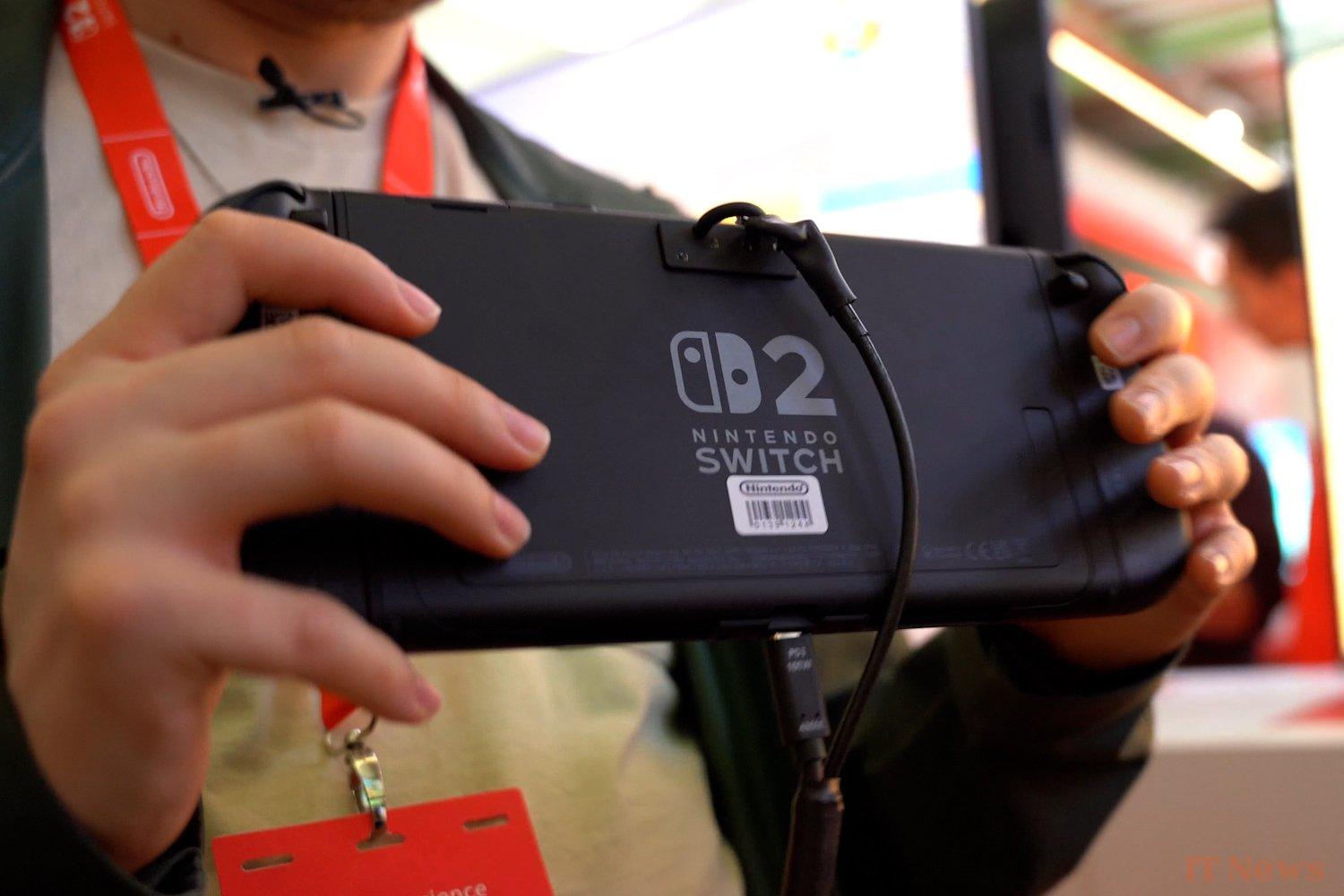
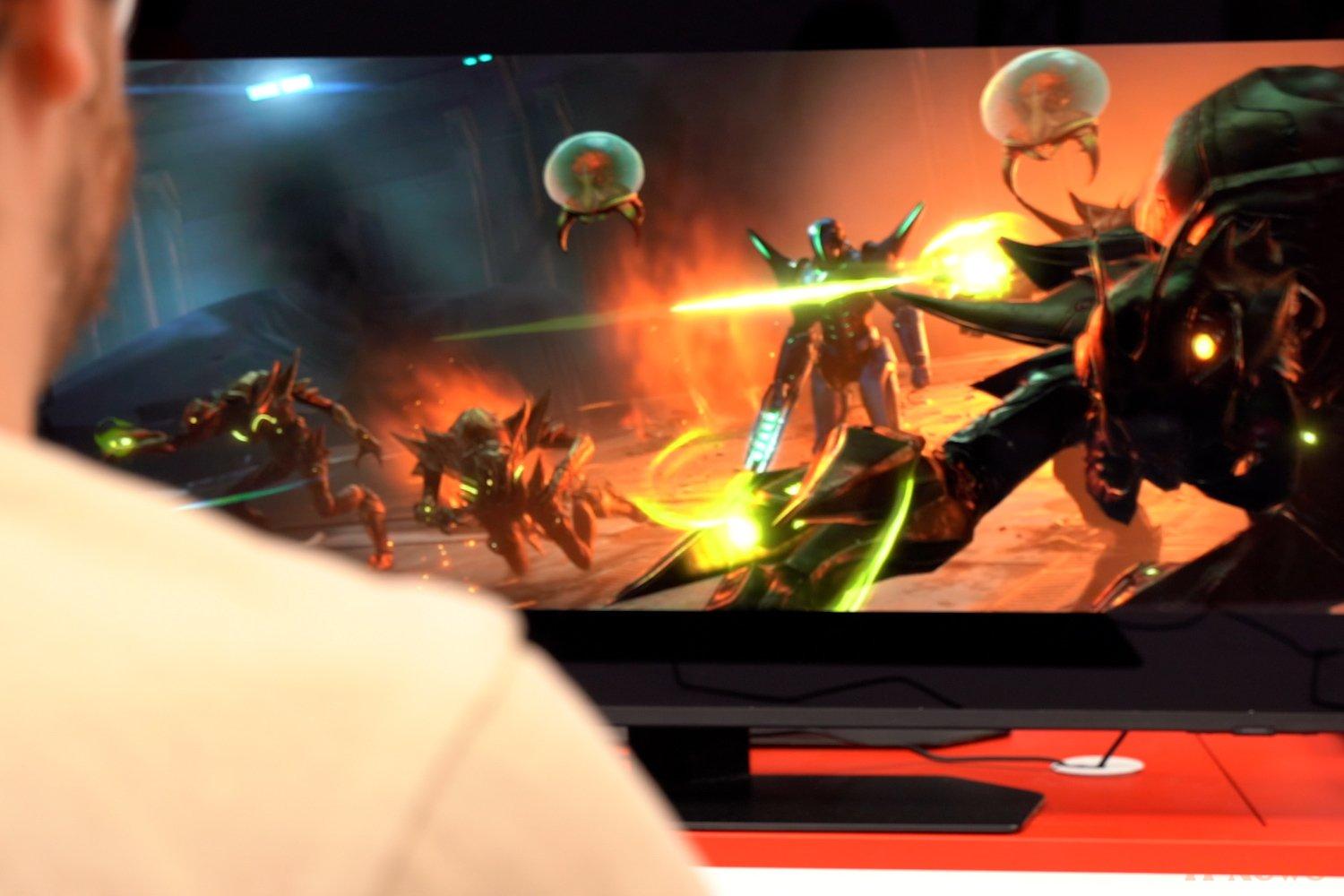
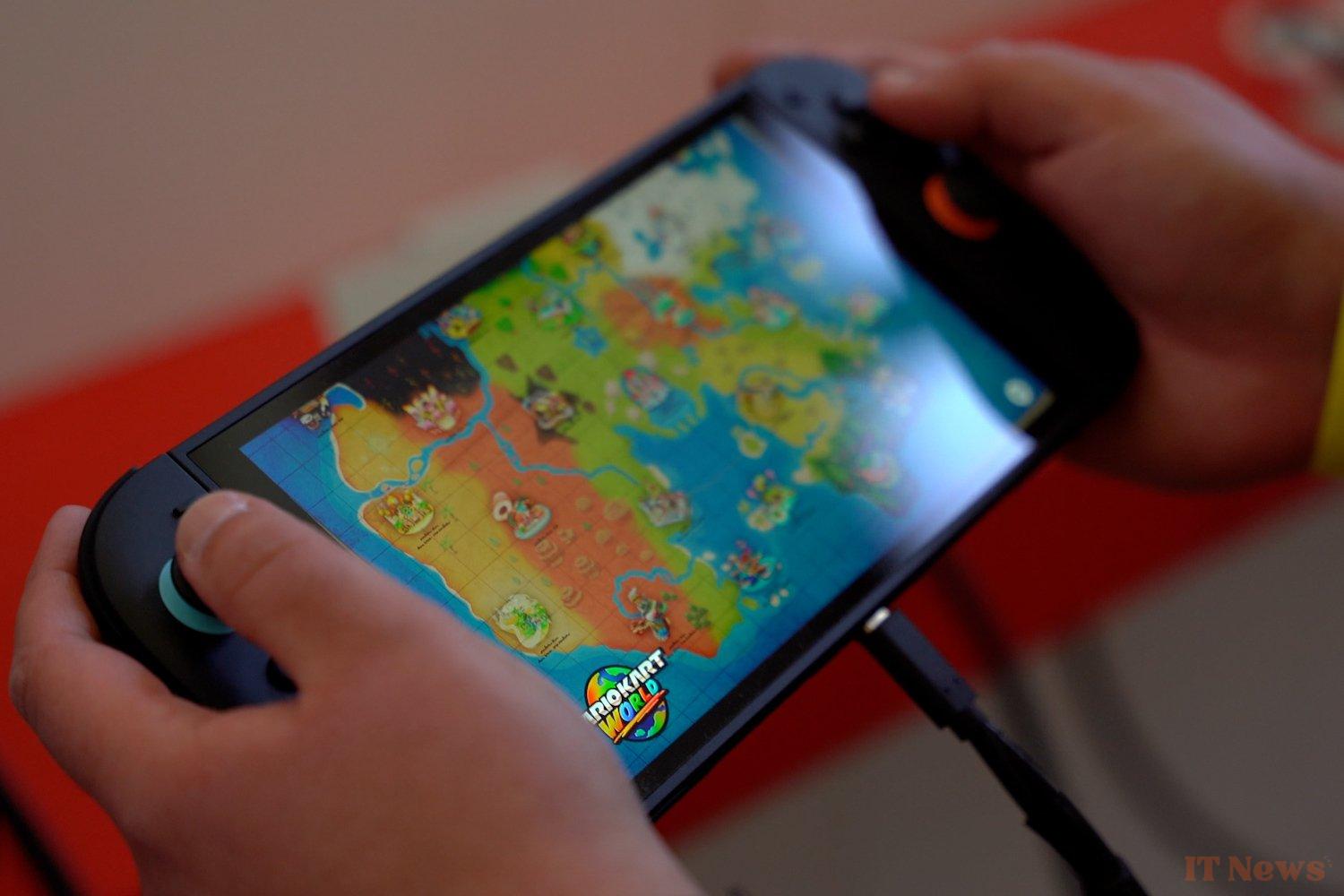
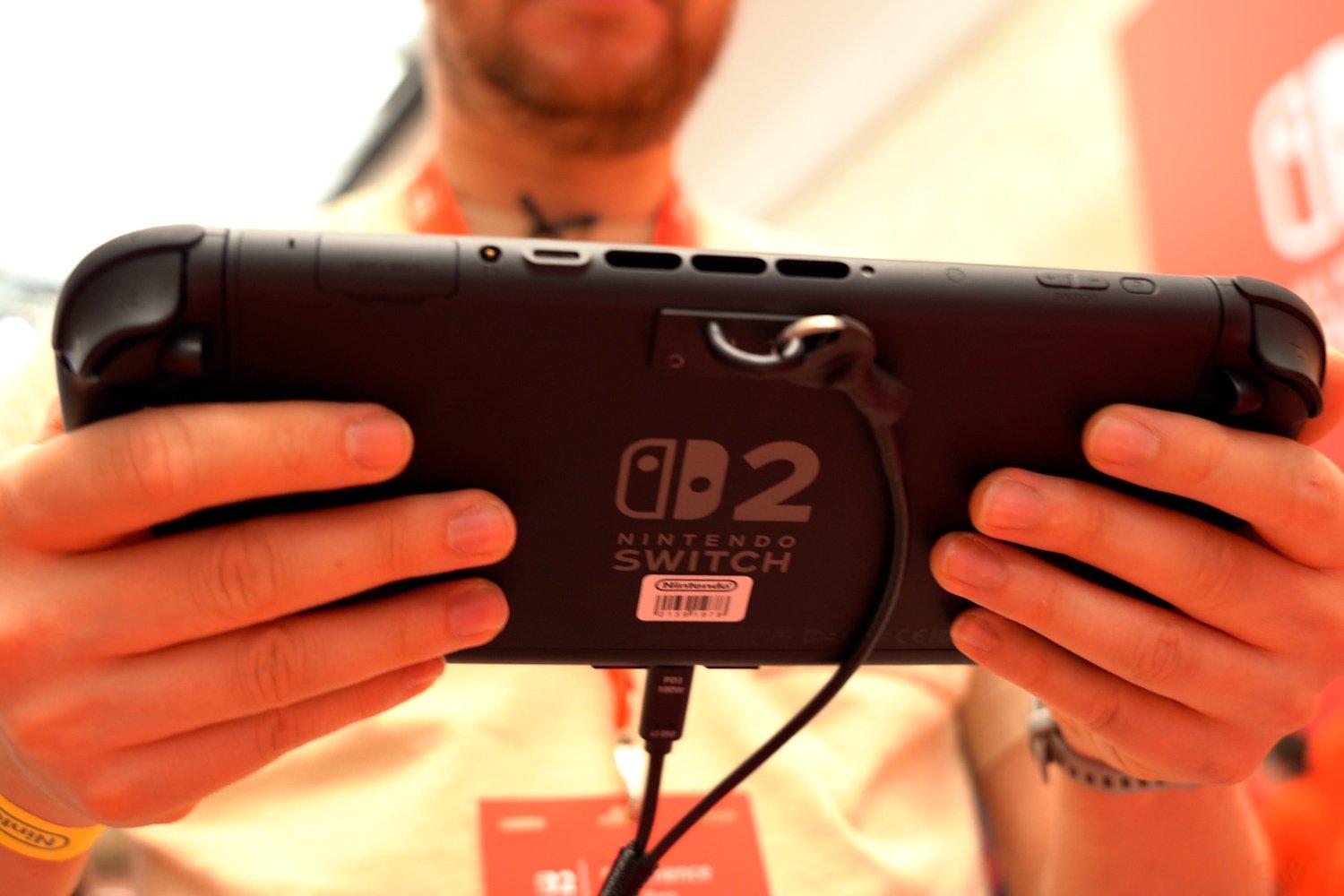
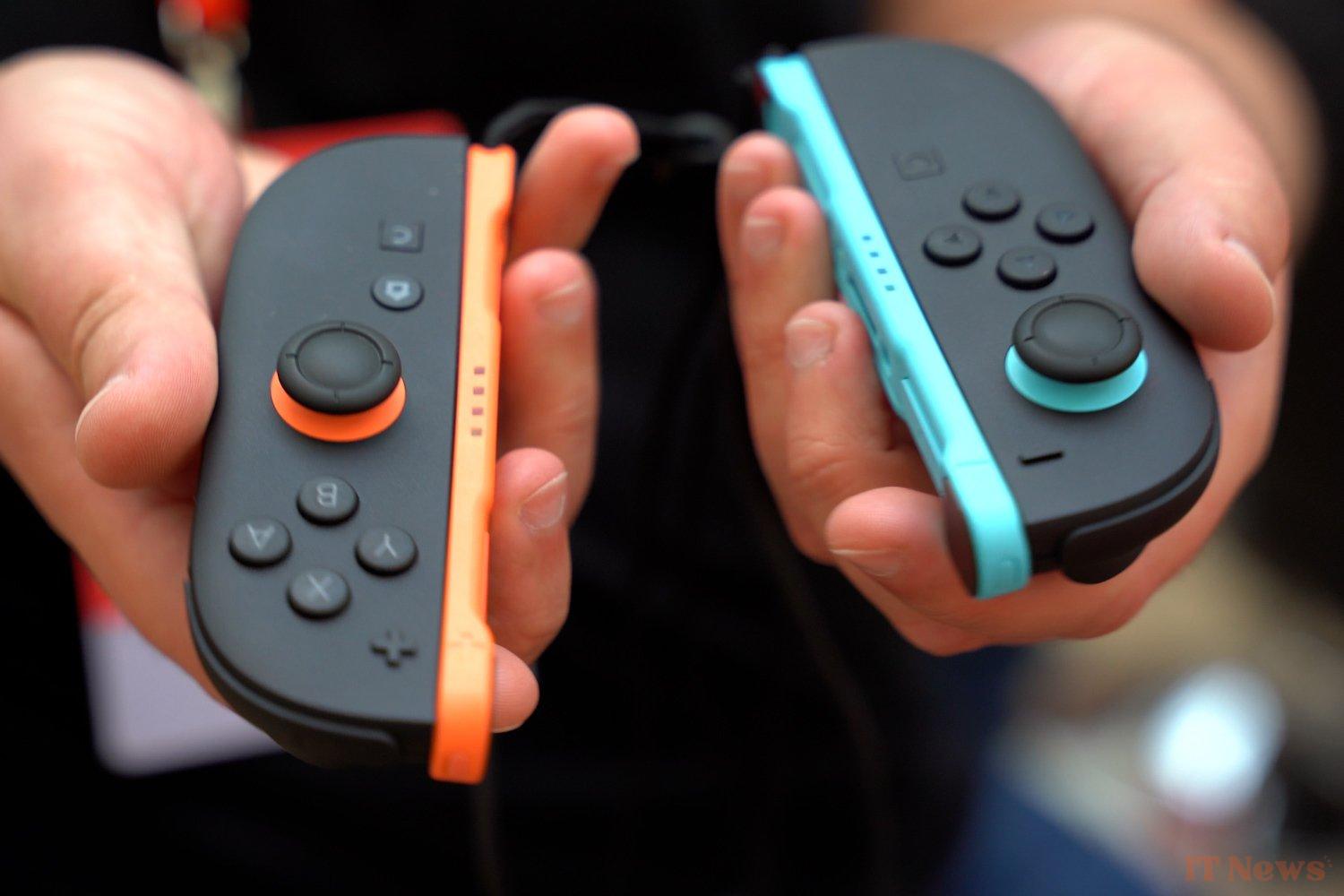
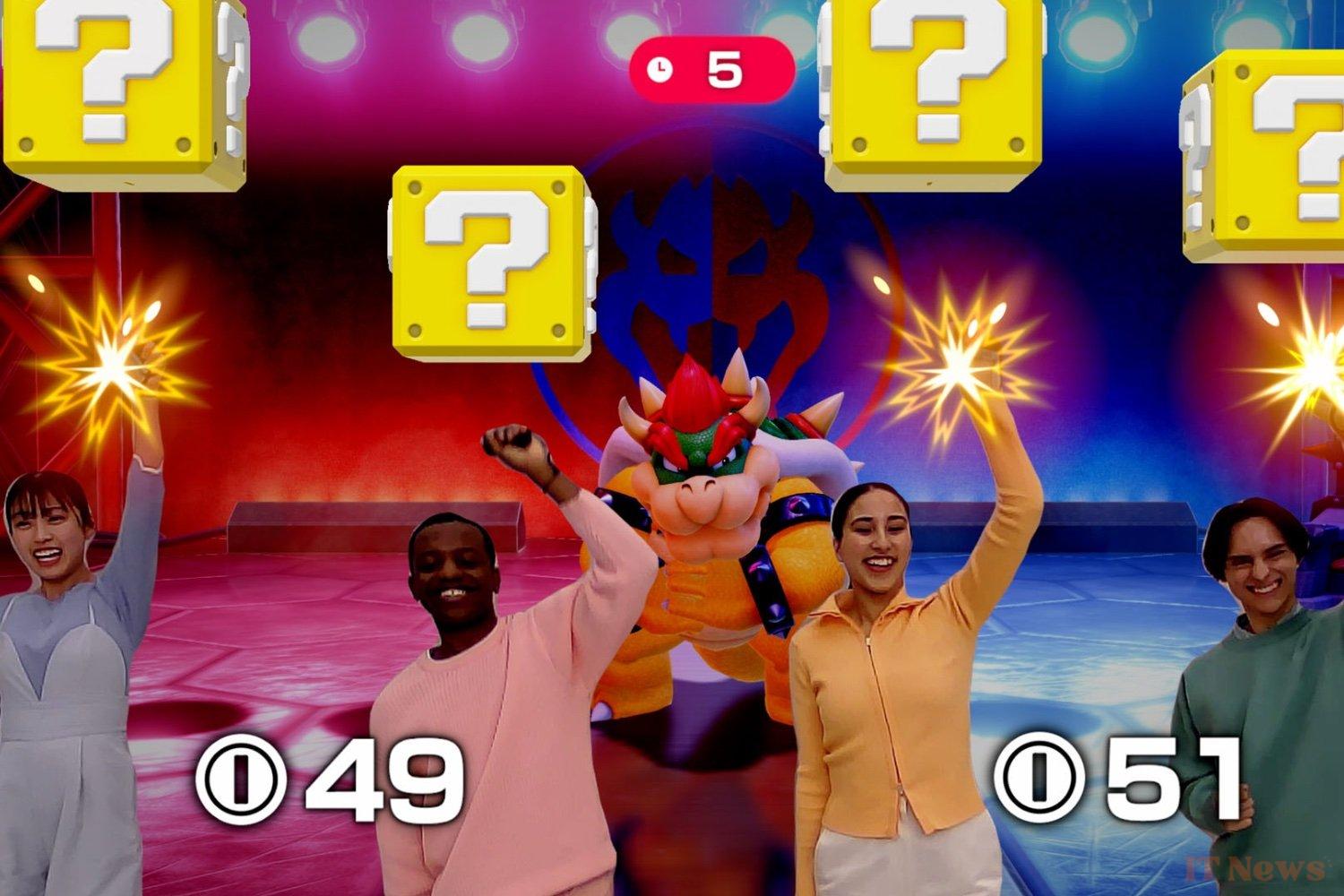
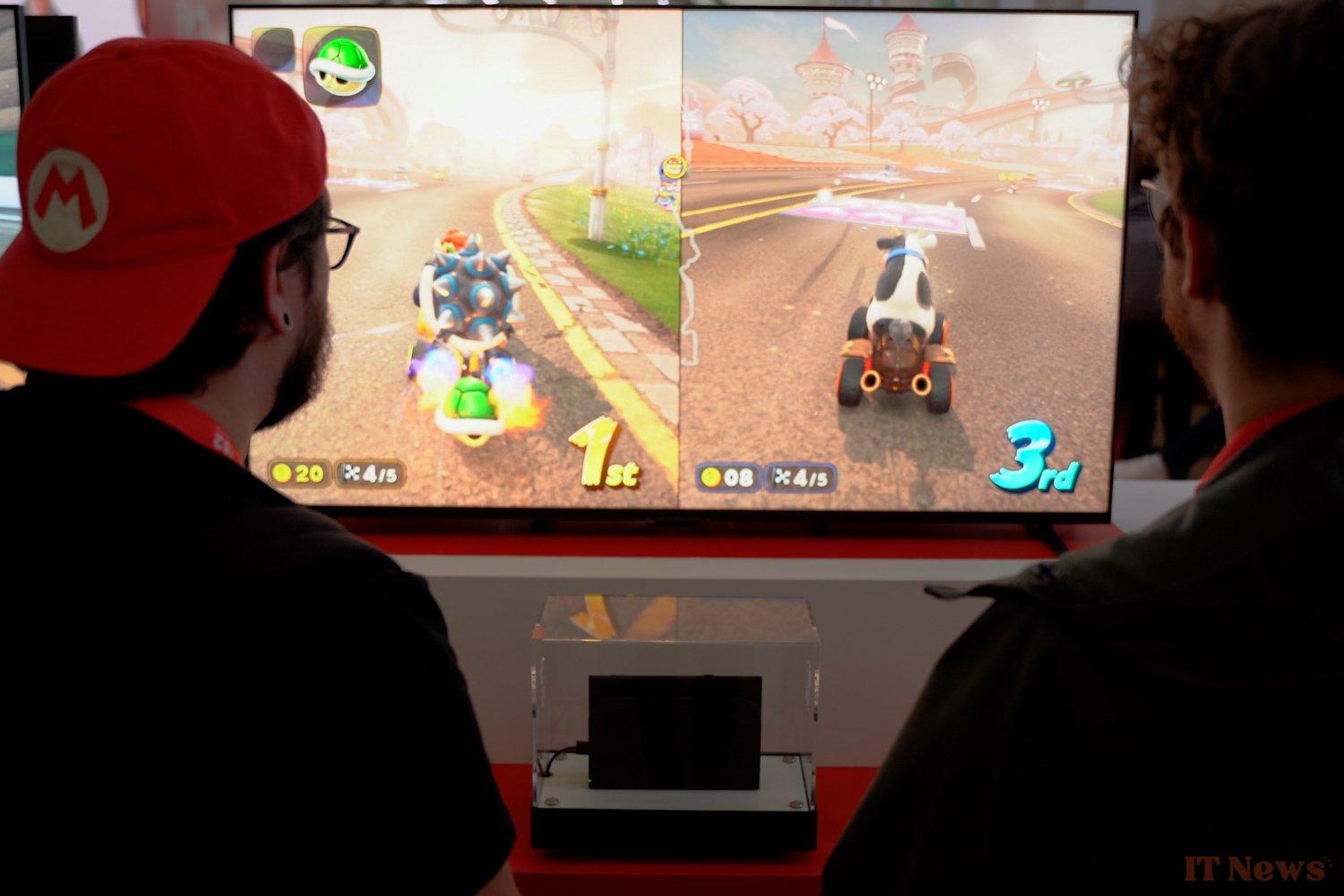
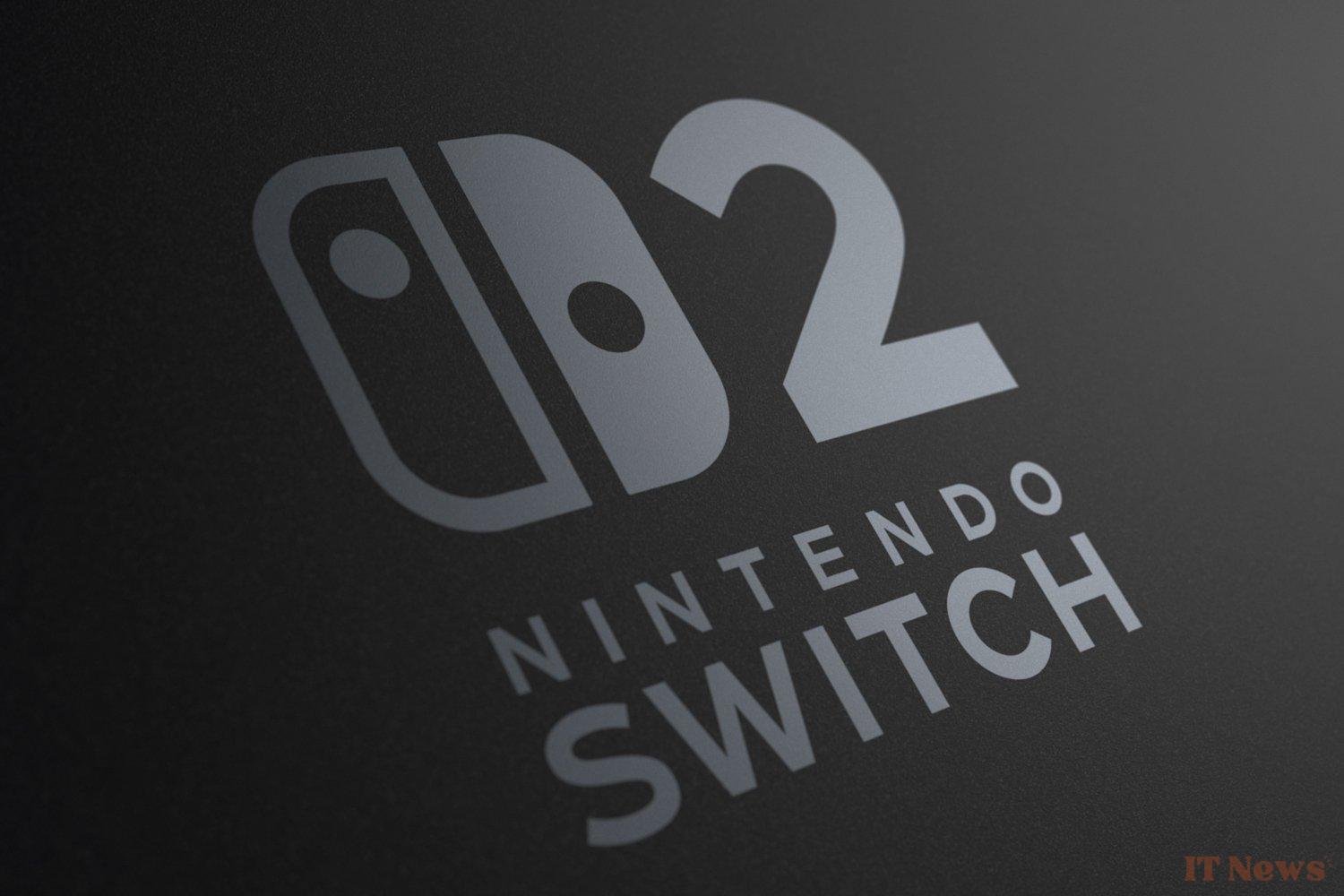

0 Comments